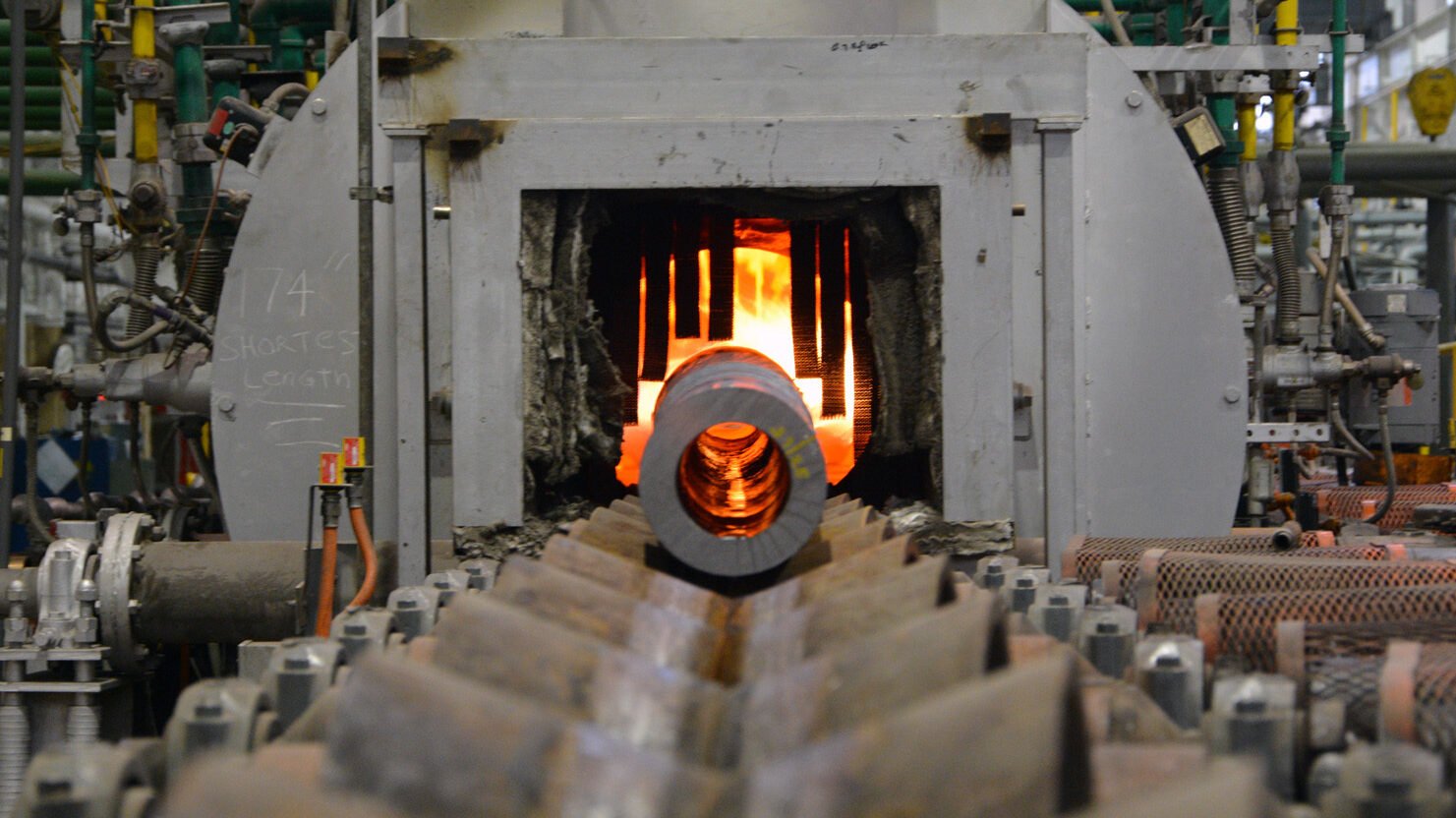JASPREET GILL

The Defense Department’s first-ever national defence industrial strategy, slated for release in December, will create a roadmap for the department on how it plans to prioritize and modernize its industrial base as it learns from Russia’s invasion of Ukraine, an official said this week.
“We’ve seen in the response to COVID and the conflicts in Ukraine…that our industrial ecosystem needs to be ready to provide the capabilities at speed, at scale and at cost that the department needs,” Laura Taylor-Kale, assistant secretary of defense for industrial base policy, said on Thursday at the Professional Services Council’s defense conference. “Decades of policy decisions really can’t be undone overnight.”
The strategy — the first of its kind for DoD — was directed by the secretary of defense and deputy secretary of defense earlier this year to create a roadmap for how the department will modernize its industrial base, she added. The strategy is “meant to catalyze a generational change” that will guide DoD’s policies, programs and investments in the industrial base for the next three years.
There are four key areas the strategy focuses on: having resilient supply chains, workforce readiness, flexible acquisitions and a focus on economic deterrence and economic security.
“While these four priorities are designed as a department-wide industrial strategy for how the DoD will build a modern industrial ecosystem, of course, the department cannot do this alone,” she said. “We are engaged with others to share our aim of a future with a robust modernized industrial base. This includes and very much, I believe, both traditional and more innovative or non-traditional suppliers.”
The COVID-19 pandemic exposed supply chain issues across the defense industrial base, affecting everything from missiles down to the microchips and software that direct them to their targets.
Last year, Deborah Rosenblum, then-assistant secretary of defense for industrial base policy, said that the COVID-19 pandemic “revealed critical gaps in the US industrial base and an overreliance on foreign manufacturing…As such, supply chain resilience has become not just an economic priority — it’s not just about quality of life issues — it’s become a national security imperative.”
No comments:
Post a Comment